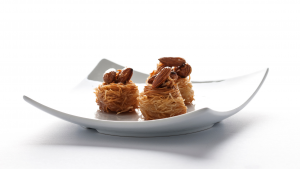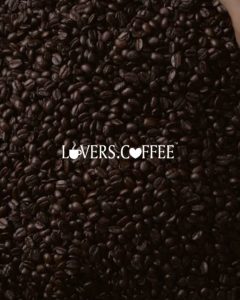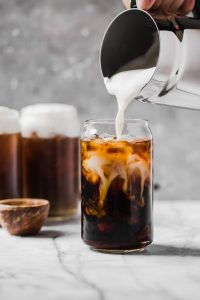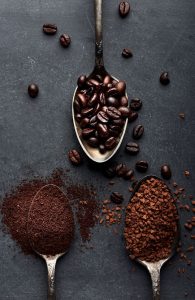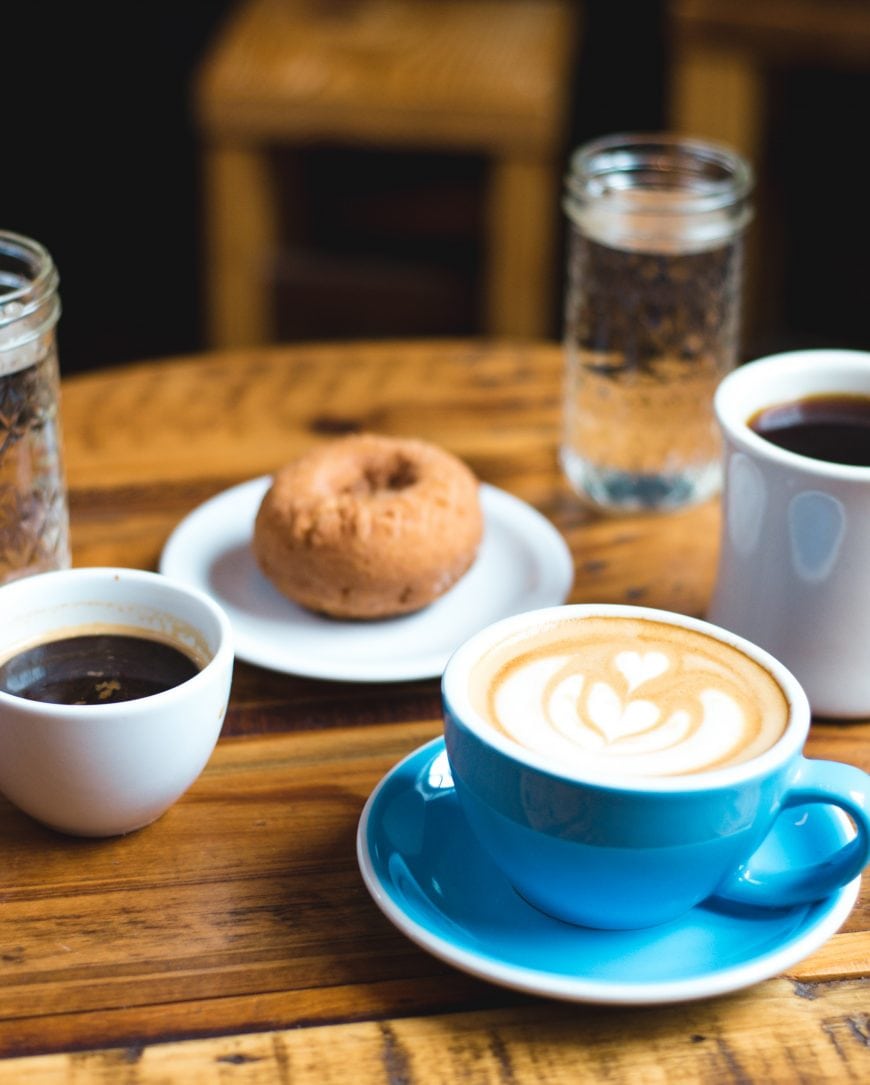
Espresso vs. Coffee: Understanding the Difference
Espresso vs. Coffee: Understanding the Difference
- Adam Smith
- 15-11-2024
- 29-07-2025
- 1004 views
- Featured Articles

For coffee enthusiasts and casual drinkers alike, the world of coffee can seem overwhelming with its wide range of drinks and terms. One of the most common areas of confusion is distinguishing between espresso and regular coffee. While they are both made from coffee beans, they differ in terms of preparation, flavor, strength, and how they’re served. Let’s explore these distinctions so you can impress your friends with your coffee knowledge and make informed decisions at your favorite café.
What Is Espresso?
Espresso is not a type of coffee bean but a method of brewing coffee. It originated in Italy and has become synonymous with strong, concentrated coffee. Espresso is made by forcing hot water through finely-ground coffee at high pressure, resulting in a small, potent shot of coffee.
Characteristics of Espresso:
- Concentration: Espresso is more concentrated than regular coffee, providing a stronger and more robust flavor.
- Size: Typically served in a shot (about 1 ounce or 30 milliliters), espresso packs a powerful punch in a small serving.
- Crema: The golden-brown foam that forms on top of an espresso shot is called crema, which is unique to this method of brewing and adds a rich flavor and texture.
What Is Regular Coffee?
Regular coffee, often referred to as drip or filtered coffee, is the most common way coffee is consumed around the world. This type of coffee is made by brewing coarsely ground beans with hot water, which then drips through a filter into a pot or carafe.
Characteristics of Regular Coffee:
- Flavor: Regular coffee has a milder and more balanced taste compared to espresso, making it suitable for larger servings.
- Size: Typically served in cups ranging from 8 to 16 ounces or more, regular coffee provides a more diluted version of the coffee bean’s flavor.
- Brewing Time: The brewing process for regular coffee takes longer, usually between 4 to 5 minutes, depending on the method.
The Brewing Process: Key Differences
One of the primary differences between espresso and regular coffee lies in the brewing process:
- Espresso: Uses high pressure and finely-ground coffee. The water passes through the coffee grounds in 20-30 seconds, extracting the flavors quickly and efficiently. This results in a concentrated shot with a rich taste and higher caffeine content per ounce.
- Regular Coffee: Uses gravity and coarsely-ground coffee. Water slowly drips through the grounds over several minutes, producing a lighter and less concentrated brew.
Equipment Differences
Espresso Machine: An espresso machine is designed to use high pressure to brew coffee. It is usually more expensive than drip coffee makers and requires practice to operate efficiently. Some popular types include manual, semi-automatic, and fully automatic machines.
Drip Coffee Maker: Regular coffee makers are more straightforward and affordable. These machines brew coffee by heating water and allowing it to drip through the coffee grounds in a filter. They are easy to use and perfect for making large batches of coffee.
Flavor Profiles
Espresso: Known for its bold and intense flavor, espresso has complex notes that are often described as bittersweet. The brewing process extracts more coffee oils and soluble compounds, which contribute to its rich taste.
Regular Coffee: Has a lighter, smoother flavor with less intensity. The longer brewing time and coarser grind result in fewer oils and solubles in the final cup, making it a more diluted beverage compared to espresso.
Caffeine Content: Which Packs More Punch?
Many people assume that espresso has more caffeine than regular coffee due to its strong flavor, but this is only partially true. While espresso has a higher concentration of caffeine per ounce, a standard serving size (one shot) usually contains about 63 milligrams of caffeine. On the other hand, an 8-ounce cup of regular coffee can contain anywhere from 70 to 140 milligrams of caffeine, depending on the type of beans and brewing method.
Conclusion: If you’re looking for a quick energy boost in a small serving, espresso is the way to go. If you prefer sipping your coffee leisurely and in larger quantities, regular coffee is your best bet.
Serving Styles: How They’re Enjoyed
Espresso: Often enjoyed on its own as a shot, but it is also the base for many popular drinks like cappuccinos, lattes, and macchiatos.
Regular Coffee: Usually consumed black or with added milk, cream, or sugar, depending on individual preference. It’s ideal for leisurely sipping or enjoying with breakfast.
Pairings and Occasions
Espresso is typically consumed as a pick-me-up during the day or as a post-meal drink due to its small serving size. It pairs well with rich pastries like croissants or biscotti.
Regular Coffee is perfect for longer conversations, breakfast meals, or while working, as it can be enjoyed over an extended period. It pairs well with a variety of breakfast foods, from toast and eggs to pancakes.
Which One Should You Choose?
Ultimately, the choice between espresso and regular coffee comes down to personal preference:
- Choose Espresso if you like a strong, concentrated coffee experience with intense flavors.
- Choose Regular Coffee if you prefer a milder taste that can be enjoyed over a longer period.


















